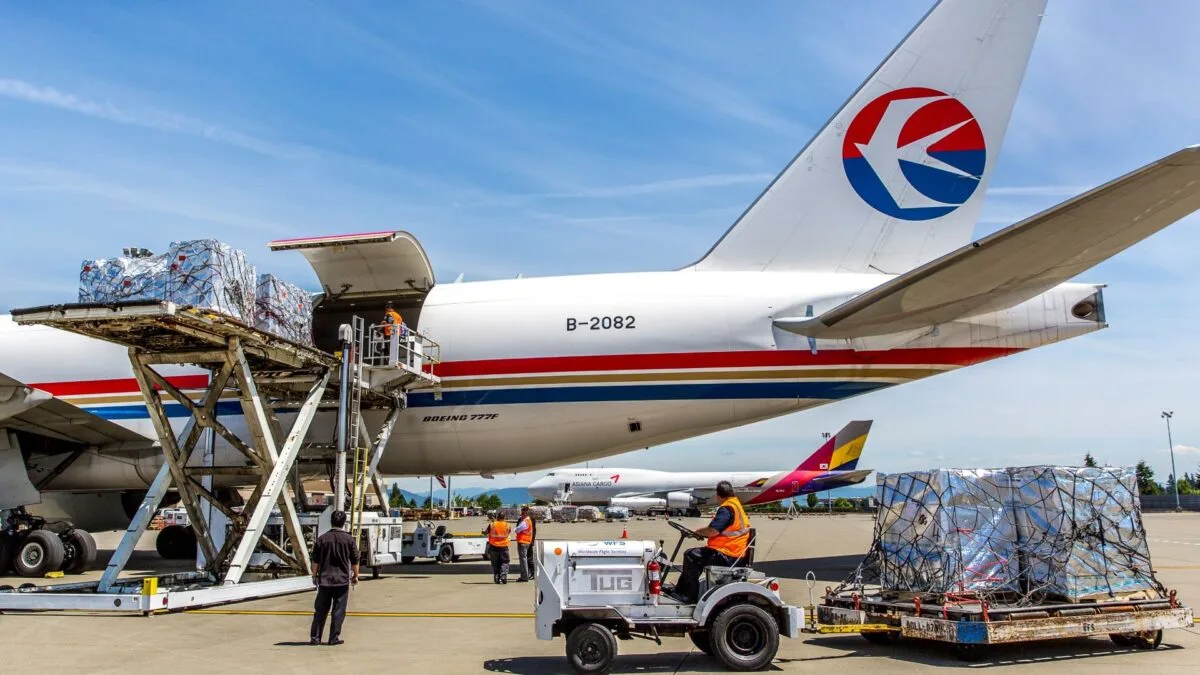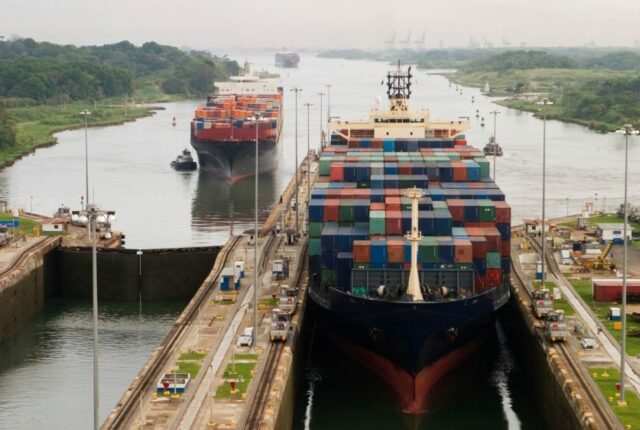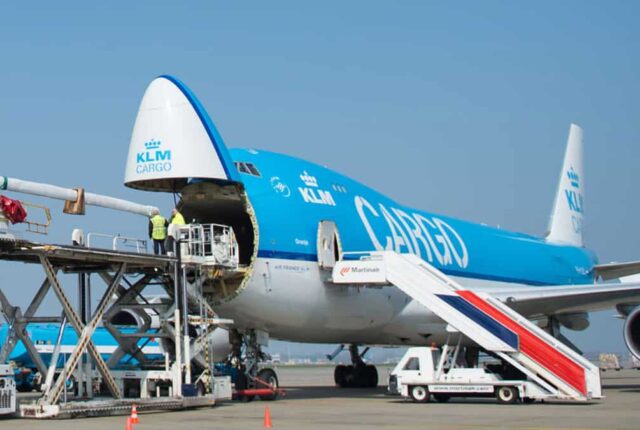
High-Flyer’s Guide: Navigating Peak Seasons in Air Freight
Air freight, a critical component of global logistics, experiences peak seasons that bring both opportunities and challenges. Understanding and navigating these peak seasons efficiently is crucial for businesses relying on air transportation. In this guide, we will explore the intricacies of peak seasons in air freight, the challenges faced, and effective strategies for successful navigation.
Understanding Peak Seasons
Definition and Characteristics
Peak seasons in air freight refer to periods of exceptionally high demand for cargo transportation services. These periods are characterized by increased shipping activities, driven by various factors such as holidays, product launches, or seasonal trends.
Factors Influencing Peak Seasons in Air Freight
Understanding the factors that contribute to peak seasons is essential. These may include holidays, promotions, and specific industry-related events. Weather conditions and geopolitical events can also impact the timing and intensity of peak seasons.
Challenges Faced During Peak Seasons
Capacity Constraints
One of the primary challenges during peak seasons is the limited capacity of air freight carriers. The surge in demand often exceeds the available space, leading to capacity constraints and potential delays.
Increased Demand and Pricing Fluctuations
The spike in demand during peak seasons can result in pricing fluctuations. Increased competition for limited capacity can drive up transportation costs, affecting overall logistics budgets.
Strategies for Navigating Peak Seasons
Planning and Preparation
Proactive planning is key to navigating peak seasons successfully. Businesses should analyze historical data, anticipate peak periods, and develop comprehensive plans to address increased demand.
Collaboration with Logistics Partners
Establishing strong partnerships with logistics providers is crucial. Collaborative efforts can help in securing additional capacity, optimizing routes, and efficiently managing the surge in demand.
Technology Integration for Efficiency
Incorporating advanced technology, such as AI and predictive analytics, enhances operational efficiency. Real-time monitoring and communication tools enable better decision-making during peak seasons.
Optimizing Freight Operations
Efficient Route Planning
Optimizing freight operations involves efficient route planning. Identifying the most cost-effective and time-efficient routes helps in maximizing capacity and minimizing delays.
Utilizing Advanced Tracking Systems
Advanced tracking systems provide real-time visibility into the movement of goods. This not only enhances security but also enables proactive management of potential disruptions.
Building Resilience in Supply Chains
Diversification of Transportation Modes
To mitigate risks during peak seasons, businesses should diversify transportation modes. A mix of air, sea, and road freight can provide flexibility and resilience.
Maintaining Buffer Stocks
Building buffer stocks helps in managing unforeseen disruptions. Having a safety net of inventory ensures continuity in supply chains during peak seasons.
The Role of Technology
AI and Predictive Analytics
Artificial Intelligence (AI) and predictive analytics assist in forecasting demand patterns. This enables businesses to make informed decisions and allocate resources effectively.
Real-time Monitoring and Communication
Real-time monitoring tools facilitate instant communication. Timely updates on shipments and potential issues help in proactive problem-solving.
Importance of Flexibility
Adapting to Unforeseen Circumstances
Flexibility is a key factor in navigating peak seasons. Being adaptable to unforeseen circumstances allows businesses to respond effectively to disruptions.
Flexibility as a Key Factor in Success
Successful navigation of peak seasons often hinges on the ability to pivot and adjust. Flexibility is not just a strategy; it’s a mindset that contributes to overall success.
Industry Best Practices
Collaborative Efforts Among Stakeholders
Collaboration among stakeholders, including manufacturers, carriers, and logistics providers, is a best practice. Coordinated efforts streamline operations and enhance overall efficiency.
Continuous Improvement Strategies
Implementing continuous improvement strategies ensures ongoing optimization. Regularly evaluating and refining processes leads to increased effectiveness during peak seasons.
Customer Communication and Expectations
Setting Realistic Expectations
Clear communication with customers is essential. Setting realistic expectations regarding delivery times and potential delays fosters transparency and trust.
Effective Communication During Peak Seasons
Enhanced communication during peak seasons helps manage customer expectations. Providing updates on shipping status and potential delays keeps customers informed.
Regulatory Compliance
Navigating Regulatory Challenges
Navigating regulatory challenges is vital. Staying informed about industry regulations and compliance requirements ensures smooth operations during peak seasons.
Staying Updated on Industry Regulations
Regular updates on industry regulations are crucial. Compliance with changing rules and standards is necessary for avoiding disruptions.
Environmental Sustainability in Air Freight
Initiatives for Reducing Carbon Footprint
Addressing environmental concerns is increasingly important. Initiatives for reducing the carbon footprint, such as sustainable fuel use and eco-friendly packaging, contribute to industry sustainability.
Balancing Sustainability with Operational Efficiency
Finding the right balance between sustainability and operational efficiency is a challenge. Implementing eco-friendly practices without compromising efficiency is a key consideration.
Conclusion
In conclusion, navigating peak seasons in air freight requires a comprehensive approach. Proactive planning, collaboration, technology integration, and a commitment to continuous improvement are essential elements for success. Adapting to industry changes, staying flexible, and considering environmental sustainability further contribute to long-term success in air freight logistics.
Frequently Asked Questions (FAQs)
Q: How can businesses prepare for peak seasons in air freight?
A: Proactive planning, collaboration with logistics partners, and technology integration are key steps in preparation.
Q: What role does technology play in optimizing freight operations during peak seasons?
A: Technology, such as AI and real-time tracking systems, enhances efficiency in route planning and communication.
Q: How important is flexibility in navigating peak seasons successfully?
A: Flexibility is crucial for adapting to unforeseen circumstances and is often a determining factor in success.
Q: What are some industry best practices for air freight logistics during peak seasons?
A: Collaborative efforts among stakeholders and continuous improvement strategies are industry best practices.






